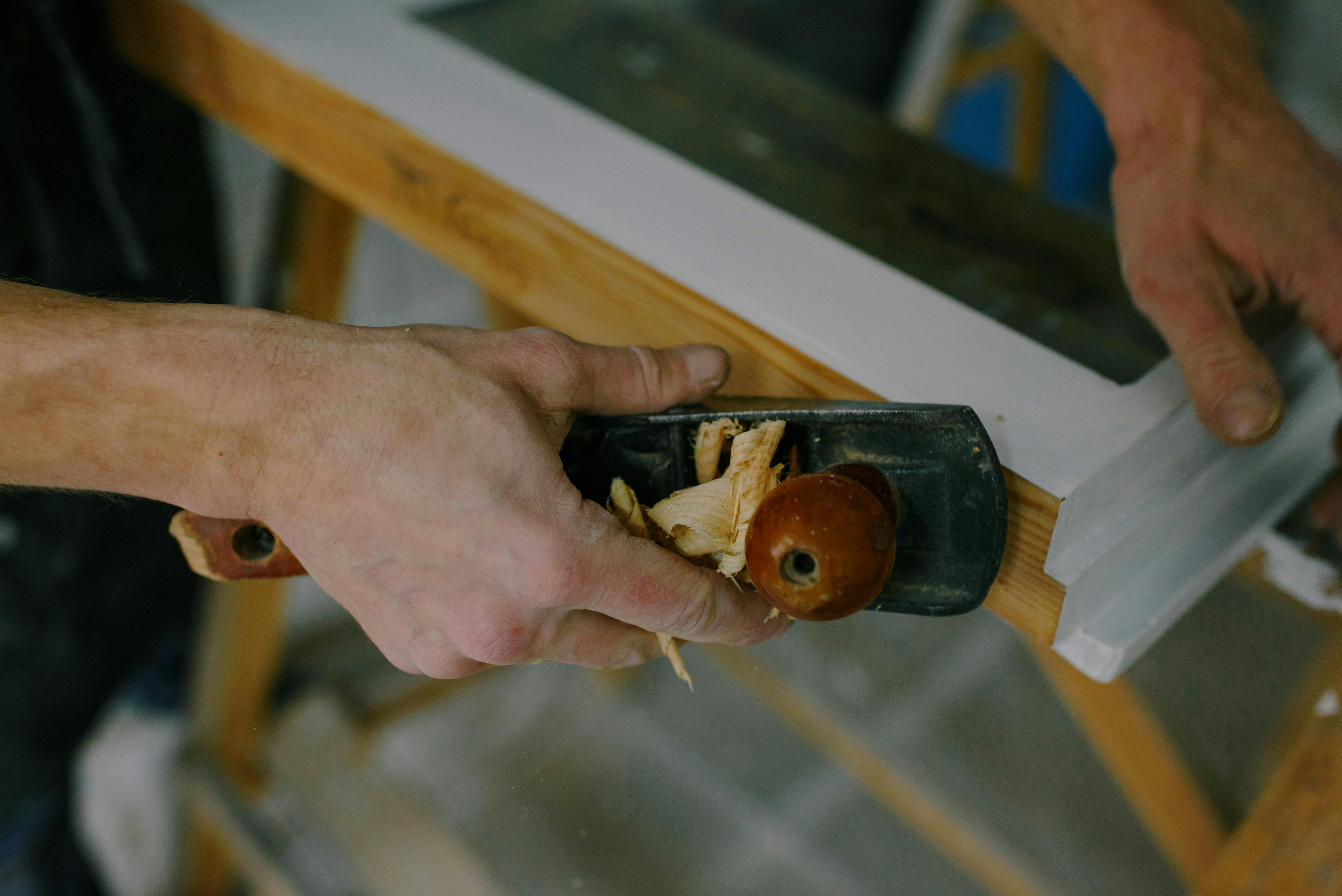
Ties are commonly worn as part of a men’s dress code, from casual everyday office wear to formal corporate business attire. Probably not all men will feel comfortable wearing them. However, many, including men, may not be aware of the potential problems and accidents caused by the tie. Ties, when worn correctly, will significantly reduce the chance of developing them.
Here are some simple guidelines to avoid unnecessary trouble when wearing ties:
When wearing a tie, refrain from making unnecessary movements where you risk catching your tie. These are likely causes of physical injury and even death. For example, near elevators or escalators.
Avoid tying your tie too tight. Not only is this very uncomfortable for the wearer, but also, would you know that doing so is actually linked to some serious health related issues?
For example, if you are seeing an ophthalmologist for an exam, make sure you have a comfortable, loose tie. A tight tie can temporarily increase intraocular pressure and cause false readings, making your exam results dangerously inaccurate. Remember, the doctor’s diagnosis, advice, prescription and recommendation will be based primarily on the results of your exam.
There is also research suggesting a link between tight ties and increased risk of glaucoma. Tight ties can constrict the veins in the neck area, which can lead to increased blood pressure in the eyes. This, in turn, increases the risk of glaucoma, one of the leading eye problems and cause of blindness in the US. Increased blood pressure in the eye results in various eye problems, including irreparable damage to the eyes. delicate eye nerves that can cause blindness.
But how would you know if your tie is too tight? A tight tie is obviously uncomfortable, but it doesn’t necessarily have to squeeze your neck and interfere with your breathing. I guess no guy would wear such anyway.
So how can you tell if you’re wearing it tight? You just can’t tell at a glance. A good way to tell is to slide your finger between the knot and the collar of the tie. If you’re having a hard time doing it, it’s time to loosen it up. You’ve just confirmed that your tie is too tight.
If you are in a hospital or in facilitated medical areas like clinics or even outdoor medical missions, it is good practice to avoid any physical contact with your doctor’s tie. It looks like a harmless piece of clothing and it certainly looks good on your doctor’s scrubs. However, there is a good chance that the tie itself is a likely breeding ground for bacteria. A doctor’s tie is a good carrier of disease-causing bacteria.
It is not obvious how the pathogens got into your tie, obviously due to the nature of your job and workplace. He and his tie probably came into contact with many patients throughout the day, and from one hospital room or department to another. And many doctors are not in the habit of changing the tie from time to time, especially if it still looks clean. However, germs are microscopic. They are invisible to the naked eye.